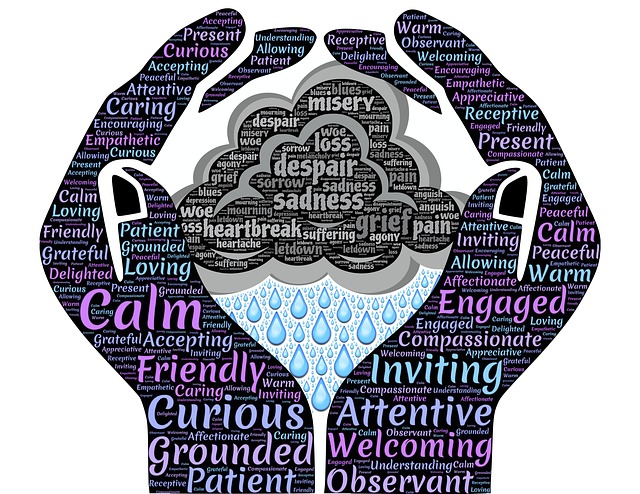The Search Inside Yourself Leadership Institute draws on Evan Thompson’s (2001) explanation of the nature of empathy that identifies two key aspects:
(a) The ability to experience and understand what others feel
(b) while maintaining a clear discernment about your own and the other person’s feeling and perspectives.
(Empathy and Consciousness, Journal of Consciousness Studies, 8, 1-32)
So the first aspect of empathy is the capacity to experience what the other person is experiencing from their perspective. It is like, metaphorically, standing in their place, realising and understanding what they are thinking and feeling. It is not trying to provide a psychological solution or judging the emotion of the other person. At the heart of empathy is understanding both intellectually and emotionally what is involved for the other person.
Secondly, it is the discernment ability to separate the other person’s emotion from your own. It is not owning the other person’s feelings as if they were your own. This ability to differentiate yourself and your feelings from the other person and their feelings is critical. An inability to do this means that you will eventually suffer from empathy overload, which can be harmful to you and reduces your capacity to help the other person. Total identification with the other person is not the goal of a healthy approach to empathy.
There are a number of ways to enhance your empathy. Here I will discuss three strategies:
1.Understanding and appreciating similarities
Foundational to empathy is self-awareness and the ability to recognise similarities between ourself and other people. When we focus on differences, we are less able to empathise with others and are more inclined to make assumptions about others. It is interesting, too, that we tend to judge ourselves by our intentions and judge others by their presumed motivation. We all know that there can be a huge gap between intention and action.
2. Empathetic listening
Empathetic listening involves not only attending to what someone’s is saying (the words), but also the feelings (the emotions) behind the words. It includes the capacity to not only reflect back the content of the other person’s communication, but also the ability to reflect back the emotion and depth of emotion involved. This is often very difficult to do, given our busy lives and our tendency to run away from emotional encounters – either withdrawing physically or psychologically by tuning out. As we grow in mindfulness, we are better able to stay present to the other person and listen empathetically.
3 Kindness
Simple acts of kindness, helping another in difficulty, builds empathy as it relies on awareness of another’s predicament and a willingness to take some action towards assisting that person. If you are looking for inspiration for your own acts of kindness, here are some websites that may help:
As you grow in mindfulness you develop your capacity to be empathetic, as empathy requires you to be present on purpose and non-judgementally.
By Ron Passfield – Copyright (Creative Commons license, Attribution–Non Commercial–No Derivatives)
Image source: courtesy of geralt on Pixabay

